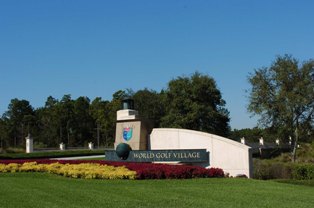 A month after our meeting in New York we met with the investors in Memphis to present our findings and recommendations. Since our previous meeting, we had completed an extensive review of the following project files:
A month after our meeting in New York we met with the investors in Memphis to present our findings and recommendations. Since our previous meeting, we had completed an extensive review of the following project files:
-
Land ownership maps for the approved project acreage not previously contracted for or purchased by the investors. Included correspondence files covering previously held discussions between the investors and the land owners.
-
Application for Development Approval (ADA)
-
Final Development Order for the Development of Regional Impact (DRI)
-
Interchange Justification Report
-
Environmental Impact Report prepared by the project environmental consultants
As a result of this extensive review process, it was determined to approach the project as if we were just beginning the project development process. In a normal development process the investor would have acquired or contracted for the property to be permitted prior to applying for the development approvals. In this case a significant and highly valuable portion of the project acreage was neither acquired or under contract prior to the development approvals being granted. The approved and non-acquired land included almost 100% of the I-95 frontage and all of the land required to construct the I-95 interchange.
The development approvals, while in place and certainly of value as it related to the pending implementation of recent legislation, needed significant modification for the project to become financially viable. Modification of the development approvals also had to be completed in such a manner as to not risk the vested status of the project as it related to this subsequently approved development legislation.
Securing project financing was critical in the minds of the investors whether equity, debt or a mix of both. It was explained that financing in any form required a project anchor and securing a project anchor was not possible unless the total project could be presented as feasible from both a development and financial perspective.
The investors’ basis in the project at that time was around $16.5 million. They were now faced with additional land acquisitions, modification of existing project approvals and completion of all environmental permitting. Success in no way was guaranteed. We estimated their investment would double prior to securing a project anchor and financing. The good news, if any, was that the investment per acre would be around $5,000 to $6,000 at completion of the above mentioned process. The bad news was that this new basis did not include the cost to construct the interchange.
To the credit of the investors and their entrepreneurial spirit they decided to take the additional risk. A new ownership entity was formed, which then hired Cobb Partners Development, Inc. to manage the project. As part of the management agreement between the investors and the manager, it was stipulated that if the manager failed to accomplish any one of eleven specific critical action items, the investors could terminate the management contract effective immediately. Failure to complete one of these items would result in an unbuildable project.







